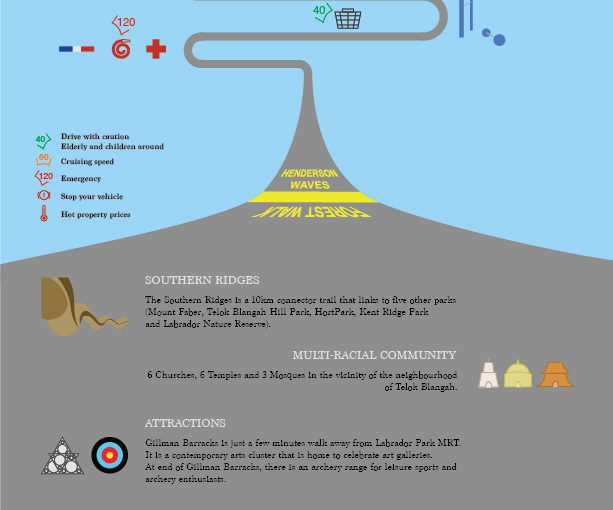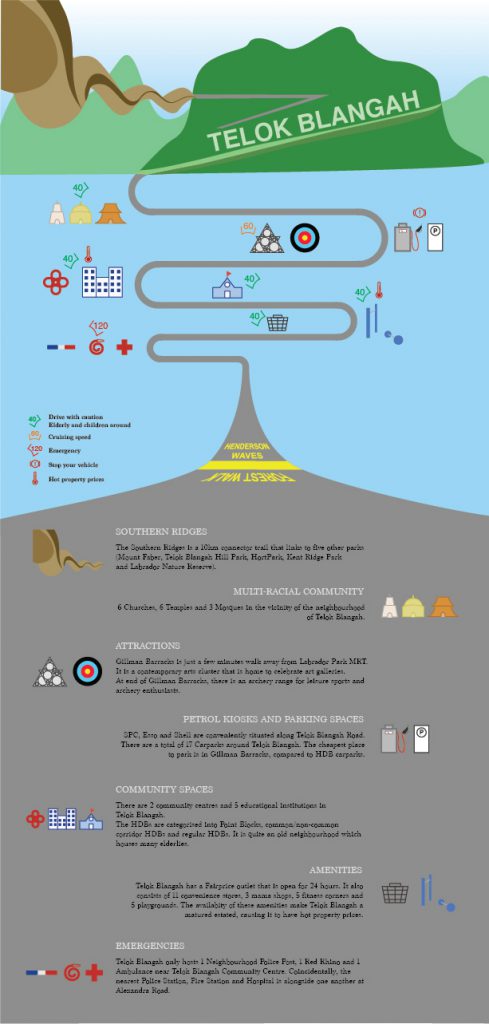Video Installation is a contemporary art form that combines video technology and installation art, making use of the surrounding environment to affect the audience.
Bill Viola
He worked with video tape recordings, architectural video installations, sound environments, electronic music performances, flat panel video pieces, works for television broadcasts
His works revolves around human consciousness, related or link with Life and Death.
One of his works, “Anthem” (11:30mins), include insides of fruits that relates to the insides of the human body. He explains that this work is “our deepest primal fears, darkness, and the separation of body and spirit”. His camera technique is using a fixed camera pointed at one direction, to keep the focus.
What makes his works controversial? It triggers the audience to evoke certain emotions, fears or disgust towards his work and questions his intentions. Its graphical content emphasises on his dark theme throughout his works, although everyone knows that the production is fake. However in “Anthem”, there is a real heart beating of a body being cut up, this upsets the audience further.
Wolf Vostell
He worked with prints, videos, environment and installation art. He has worked with Paik and Maciunas too.
One of his works, “Elektronischer: Happening Raum (Happening Room)”, 1968. It was recorded in a spaced out room with objects scattered around the room which most of them moved in one way or another. The items in the room includes: Classic Televisions with weird tools attached to them which moved, old pile of clothing which looked rugged and dirty, a lot of meat and pipes on the floor, blood stained cloth, ski equipments and sharp weapons.
The television showed what seems to be of key relevance about a past event, which includes a lot of meat battering.
What makes his works controversial? He puts his audiences to be thinking “What? Why?” about his artworks (random meat battering and the amount of blood in the video). It may be reflecting on his views on the political society.
David Wojnarowicz
He was a photographer, painter, writer, filmmaker, performance artist.
One of his works, “Fire in my Belly”, 1987. He may had put religion down by having Jesus Christ with insects that are crawling all over the figure. There were dripping blood, figurine of Jesus Christ covered with insects and rotting hand in the installation. His techniques with camera included sudden transitions and playing with lighting (flicker).
What made his works controversial? It made a majority of his audience upset, where he added the imagery of Jesus Christ in his video installation. Many think that it was irrelevant to do so.
Tony Oursler
He was a multimedia and installation artist. He has worked with video, sculpture, installation, performance and painting.
His works revolved around the theme of visual technologies influence and even modify our social and psychological selves. He mostly work with projections, combining it with interesting fibre-glass shapes and structures, as well as natural environment. He uses trees and smoke as gallery spaces.
What made his works controversial? He experimented with methods of removing the moving image from the video monitor using reflections in water, mirrors, glass and other devices. Later, he moved to projecting his works on trees and smoke for his public work: Influence Machine in 2000, as commissioned by The Public Art Fund and Artangel.

